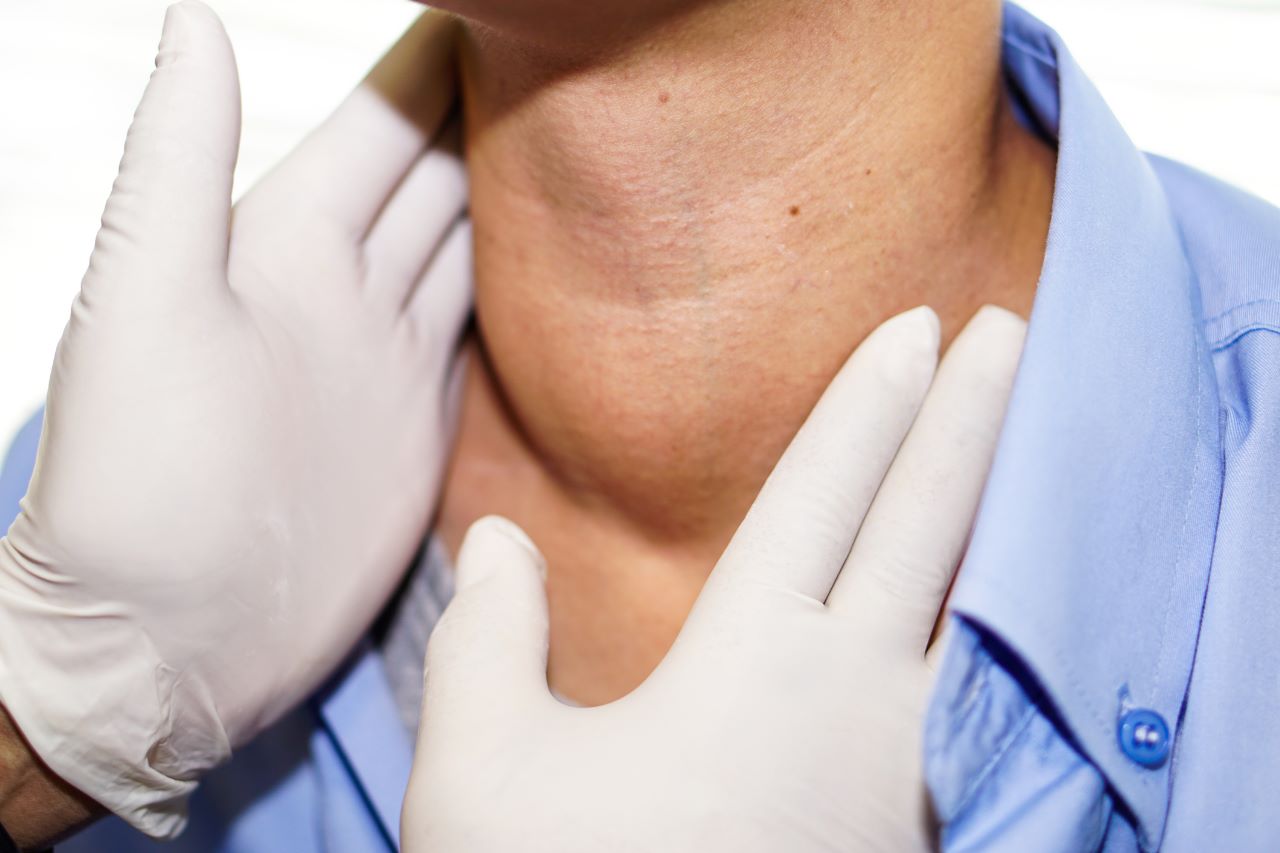Echocardiography Test
An echocardiogram, also called 2D echo, makes use of high-frequency sound waves (ultrasound) to deliver live images of your heart. Your doctor can use this scan to monitor certain heart conditions by assessing the pumping chambers of the heart and examining how the valves of your heart are functioning. The images help determine the health of the heart muscle, especially after a heart attack.
The test helps to find out:
The size and shape of your heart, and the size, thickness and movement of your heart’s walls.
- How your heart moves.
- The heart’s pumping strength.
- If the heart valves are working correctly.
- If blood is leaking backwards through your heart valves (regurgitation).
- If the heart valves are too narrow (stenosis).
- If there is a tumor or infectious growth around your heart valves.
The test also will help your doctor find out if there are:
- Problems with the outer lining of your heart (the pericardium).
- Problems with the large blood vessels that enter and leave the heart.
- Blood clots in the chambers of your heart.
- Abnormal holes between the chambers of the heart.



